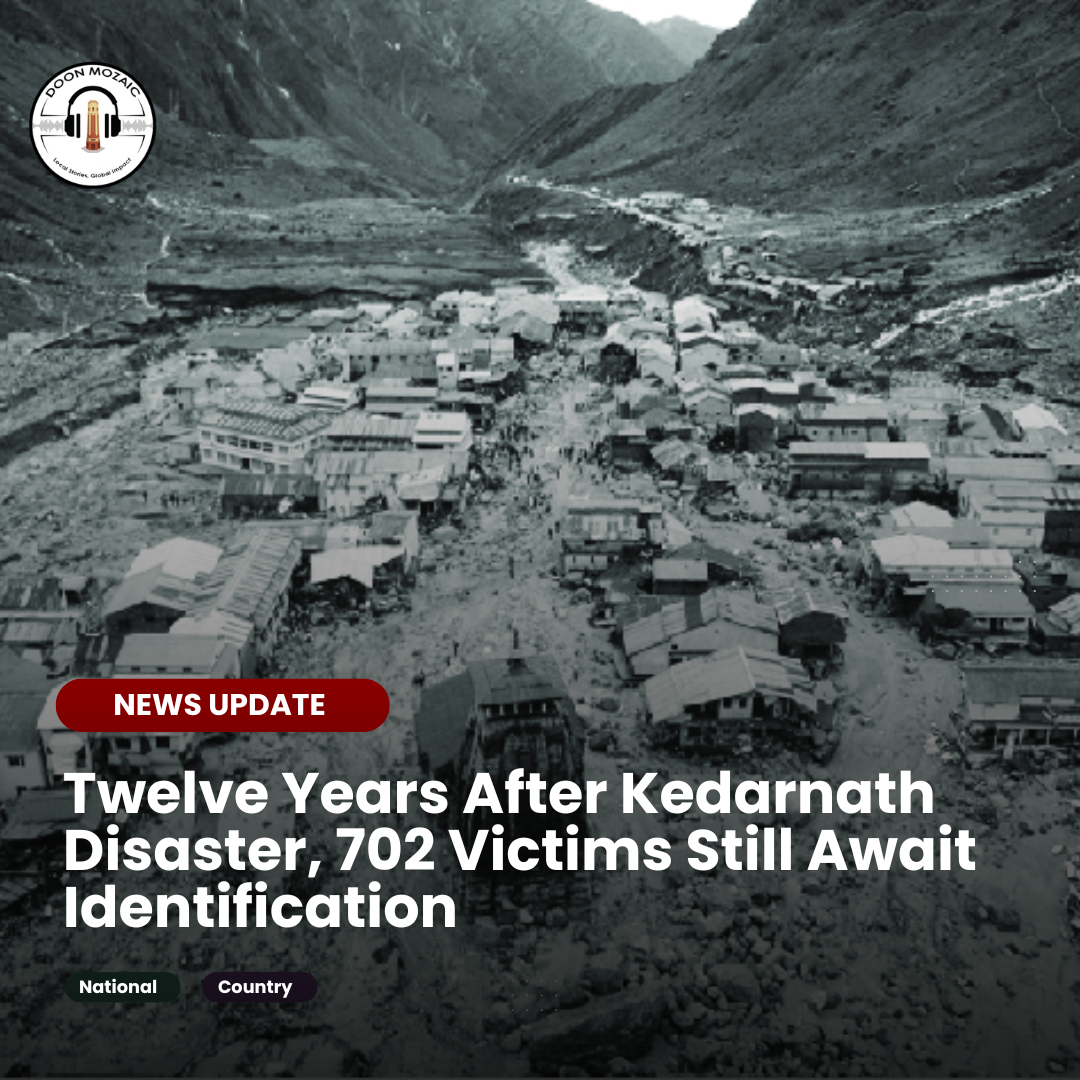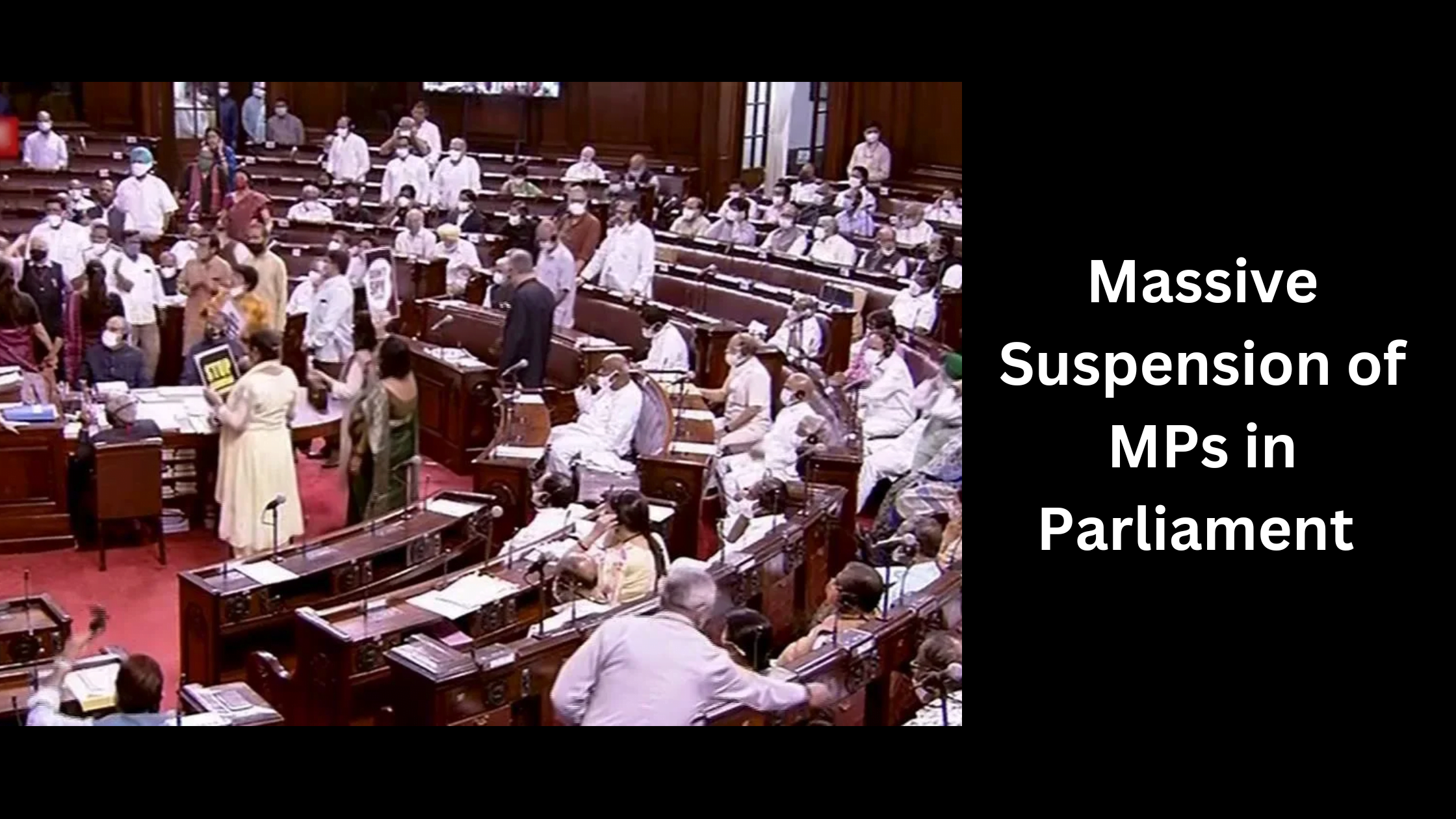By Doon Mozaic | June 16, 2025
Twelve years have passed since the devastating Kedarnath flash floods of June 2013—one of the worst natural disasters in modern Indian history. Yet, the tragedy continues to cast a long shadow over Uttarakhand and the thousands of families who lost their loved ones. As of today, DNA samples from 702 deceased victims still remain unmatched, leaving families in a painful limbo with no closure.
A Disaster That Shattered a Region
On the night of June 15–16, 2013, cloudbursts triggered catastrophic floods and landslides in the Kedarnath valley. Official figures record over 4,400 deaths or disappearances. Among them, 991 were local residents. Over 11,000 livestock died, and thousands of homes, roads, and bridges were destroyed. While more than 30,000 people were rescued by Uttarakhand Police and over 90,000 by the armed forces and paramilitary units, the scale of loss remains unprecedented.
DNA Collection and the Quest for Closure
In the months and years following the disaster, police and forensic teams collected 735 DNA samples from bodies, skeletal remains, and body parts recovered across the region. Simultaneously, over 6,000 relatives of missing persons submitted their DNA for comparison in the hope of identification.
However, only 33 DNA matches were successful. The remaining 702 samples still await verification.
Why Have the Matches Failed?
Experts point to multiple challenges:
- Environmental degradation severely impacted the condition of the remains.
- Incomplete or distant familial DNA samples limited compatibility.
- Early limitations in forensic technology and lab resources.
- Inadequate documentation and tracking of samples.
Some samples may have been too degraded to yield useful genetic material. Others may never find a match due to missing or incorrect familial data.
What Officials Are Saying
According to ADG Amit Sinha, Director of the Forensic Science Laboratory, “At the time, 735 DNA samples were collected. Of these, only 33 were matched with families. All samples were tested in Bengaluru.”
The failure to identify more victims has raised serious concerns about the long-term forensic preparedness for mass disaster scenarios in India.
The Ethical and Administrative Gaps
Beyond the scientific hurdles, the emotional toll on the families is immense. Many still wait for even the slightest confirmation—an item of clothing, a personal belonging, or a scientific report. The continued delay in matching samples points to deeper issues in how mass fatalities are managed, recorded, and communicated in crisis situations.
The Way Forward
With advancements in genetic testing technologies such as next-generation sequencing and improved forensic methods, experts suggest that re-analysis of the DNA samples could be possible. Establishing a digital repository and inviting a renewed round of sample collection from families may offer a second chance at identification.
This would not only help bring closure to grieving families but also restore faith in the system’s ability to respond humanely to disaster.
Conclusion
The Kedarnath disaster is remembered for its devastation, but also for the resilience of the people and the tireless work of rescue teams. Now, over a decade later, the task before the state is to deliver justice to the unnamed victims and solace to their families. Matching the 702 remaining DNA profiles is not just a scientific duty—it is a moral one.
Discover more from The Doon Mozaic
Subscribe to get the latest posts sent to your email.




One thought on “Twelve Years After Kedarnath Disaster, 702 Victims Still Await Identification”